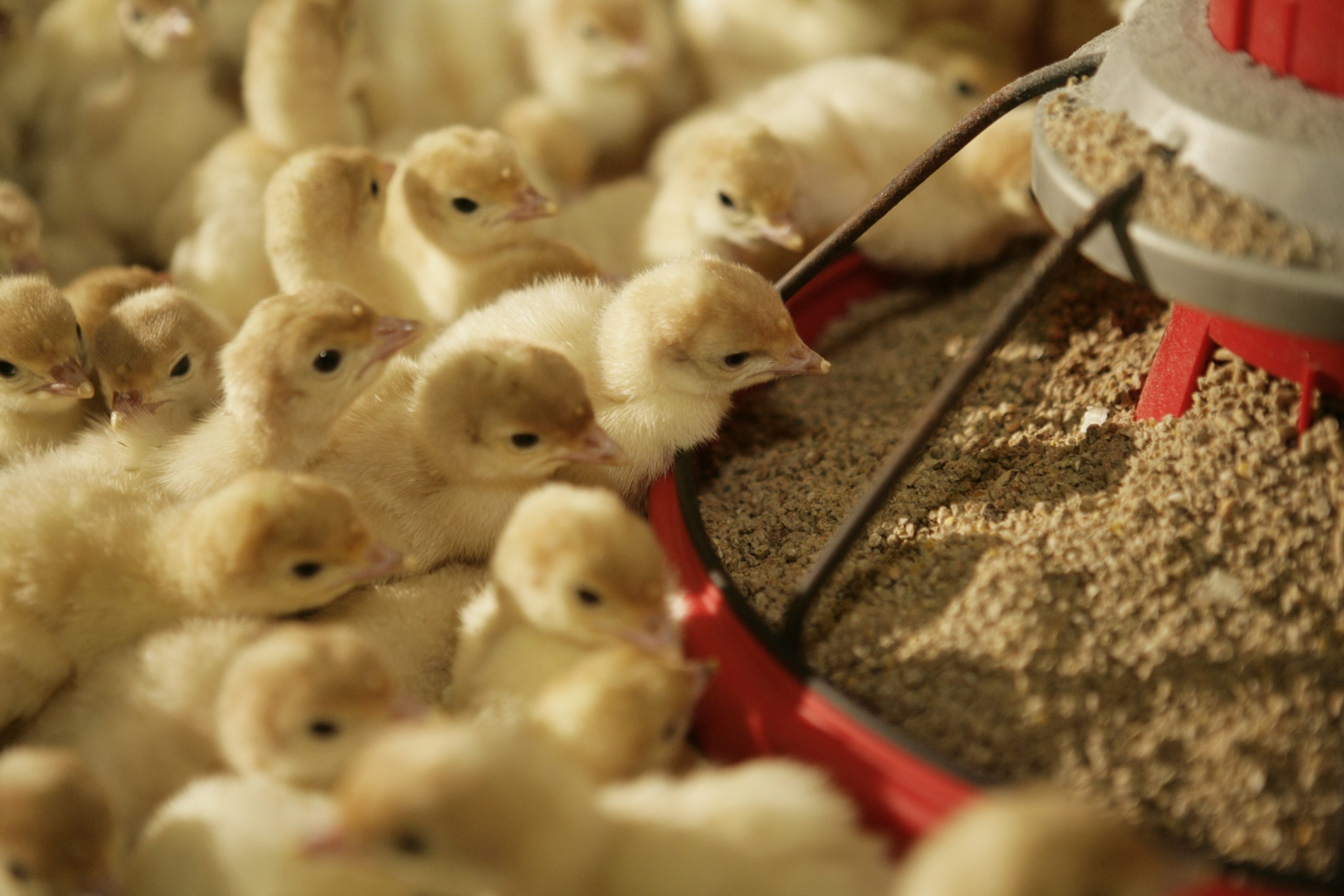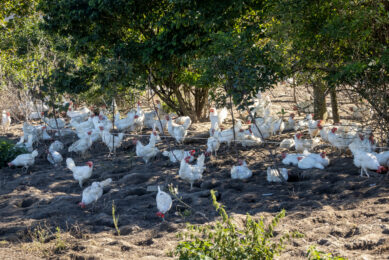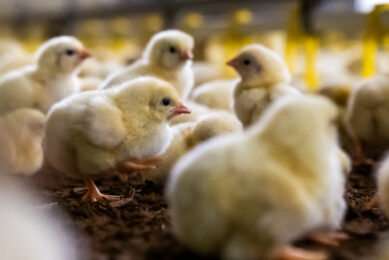US broiler and turkey production recovers in Q1 2017

The US has produced slightly less broilers and turkeys last December than forecasted. The estimates for 2017 look a bit more promising. This is according the latest figures from the USDA.
Again, the biggest poultry show is being held in Atlanta at the end of this month and this will be the perfect place for discussing market perspectives for US poultry and the outlook for 2017 and beyond.
Higher ending stocks for poultry
According to the latest USDA Outlook, broiler and turkey production in the US was slightly lowered for the fourth quarter of 2016, while broiler production was increased for the first quarter of 2017 due to recent strong hatchery data and an apparent recovery in bird weights during the fourth quarter. Although turkey production in December was lower, the expectations for 2016 year-ending turkey stocks in cold storage were increased to 245 million pounds due to higher-than-expected stocks as of November 30. This would be the highest year-ending stock figure since 2012. Year-ending stocks for 2017 were increased to 275 million pounds.
December 1 data for table egg layers showed a record number of eggs produced per 100 chickens, while the number of layers reached its second highest. The fourth-quarter 2016 production estimate was unchanged, indicating production just below the record of 2014. The forecast for the first quarter of 2017 was increased 10 million dozen eggs.
Uncertainly due to Avian Influenza
Expected broiler and turkey exports for 2016 were lowered on weaker than-expected data for November. The export forecast for 2017 remained unchanged. There is uncertainty on the export demand effects of avian influenza outbreaks in several important European and Asian countries, including the Netherlands, France, Germany, Japan, and South Korea. The United States may experience higher export demand from markets such as South Africa and the Philippines, where trade restrictions have reportedly been put in place.
The egg export forecast for 2017 was increased 30 million dozen eggs (equivalent basis), largely due to an outbreak of avian influenza in South Korea that increased the expected level of export demand for US eggs and egg product.
Depreciation of the Mexican peso
At the same time, the USDA states that the recent depreciation of the Mexican peso could create a drag on US animal product exports in 2017. In early January, the value of the peso fell almost 20% compared with its value in January 2016. Most recent US export data shows that, on a volume basis, Mexico is the largest foreign destination for US exports of pork, poultry (broilers, other chicken, and turkey), and dairy products (skim milk powder and cheese).
Prices of livestock and poultry are expected to be lower in 2017 compared with last year: -2% for broilers and -7% for turkey). Lower poultry prices are likely to result in lower prices for both domestic and foreign consumers of poultry. On the other hand, higher US prices of eggs (+10%) over last year could weigh on exports to Mexico.
US compound feed production
Whether the US compound feed production keeps on growing in 2016 is not sure yet. Data on global feed production are being released on January 26, 2017 by animal nutrition company Alltech. Looking at the previous data we saw the production of compound feed in the US steadily growing between 2012 and 2015. The feed production in Canada has been unchanged between 2013 and 2015.
[Source: Alltech and USDA]











